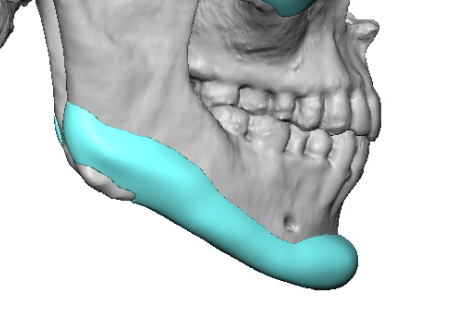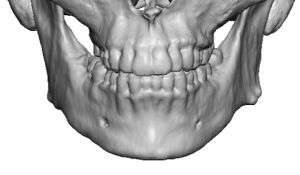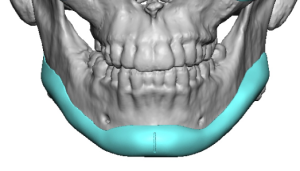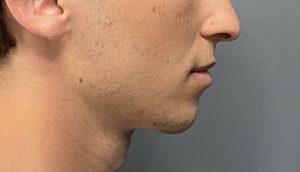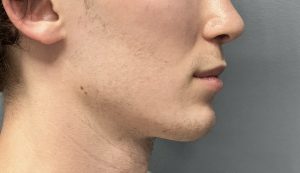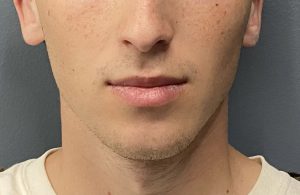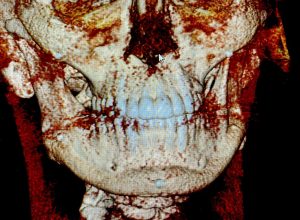Background: The definitive method for complete jaw or lower facial augmentation is the custom jawline implant. Not surprisingly the vast majority of patients who seek this surgery are men and their goals are fairly consistent… a stronger and more defined jawline. While there are different flavors of what that means for each individual patient there are certain tendencies they all have. A more square jaw angle, a stronger and less narrow chin and a visible linear connection between the chin and jaw angles. Implant volumes are almost always in the 12 to 26cc volume range to achieve these jaw augmentation goals.
While these are jawline implant dimensions/characteristics for most men a smaller number of men may want a less defined and softer jaw augmentation effect. While some may define this as a more androgynous look it is probably better defined as normalizing a smaller jaw size. This does not fall into the goal of strong or well defined. Such a softer jawline implant will have rounder corners and lower volume.(less than 10ccs) This is where preoperative picture imaging of determining the patient’s jaw augmentation goals is critical.
One of the many benefits of a custom jawline implant design is what is learned from the 3D CT scan needed for it. One anatomic feature is that the strength of the masseteric muscle attachments at the jaw angles can be seen. In the spirit of form follows function the jaw angles in men often show the ligamentous attachments by the spikes or bony prominences present. (women usually do not have them) The stronger the muscle attachments the higher the risk of postoperative muscle dehiscence as they may be harder to elevate without tearing them. This may influence a jawline implant design in the angle area.
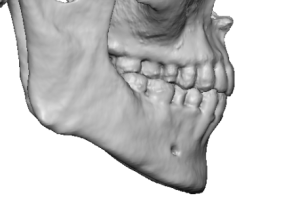
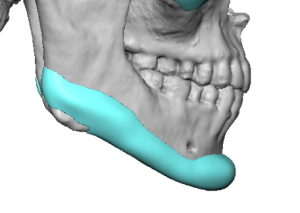

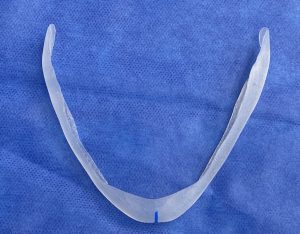


This custom jawline implant case has two points of interest. First it is somewhat surprising that such a small implant had such a good effect. Secondly and the most unusual aspect of the implant was that it was designed to go around the ligamentous attachments rather than have them released and placed under them. This worked in his case because of the implant’s modest volume/thickness as well as his specific goal…a non-angular modest jaw augmentation effect.
Key Points:
!) The goal of most male custom jawline implants is for a stronger more defined lower facial appearance…but that doesn’t mean all men have the jaw augmentation objective.
2) Strong masseteric ligamentous attachments can be seen on a 3D CT scan which increases the risk of postoperative masseteric muscle dehiscence.
3) One method to avoid the risk of masseteric muscle dehiscence is to design an implant that goes around it as long as it is compatible with their posterior jaw augmentation goals.
Dr. Barry Eppley
World-Renowned Plastic Surgeon

